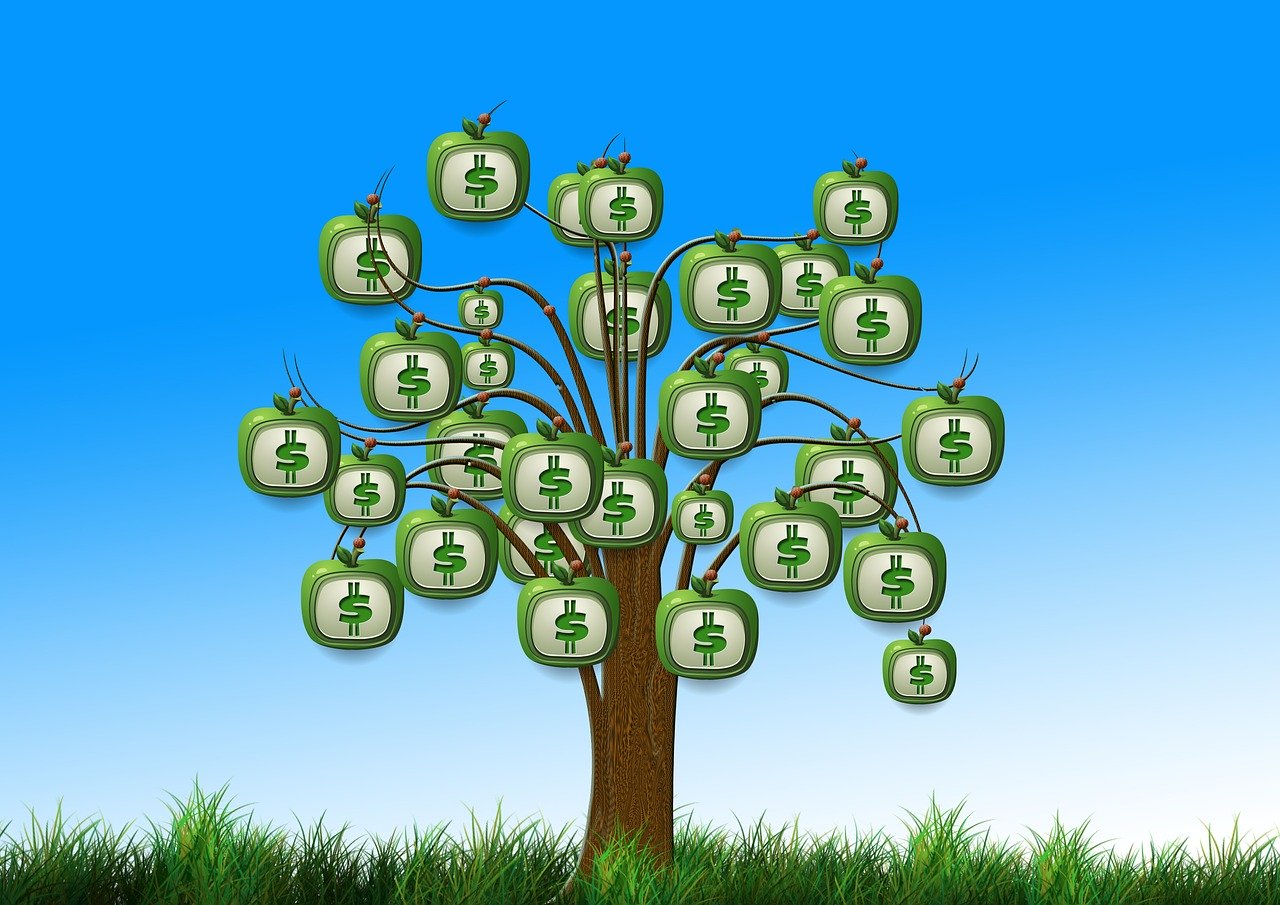
A bond is a financial instrument that is issued by a company or government in order to raise money. Bonds are typically used to finance large projects such as building roads and bridges, expanding power grids, and developing new technologies. Bonds are also referred to as fixed income assets, thus they are also called fixed rate bonds because they offer investors a predictable stream of interest payments (i.e., coupon) until the bond matures.
How Do You Earn an Income on Bonds: The Yield on Bonds
This key figure, given as a percentage, gives you the expected annual return. The calculation of the return includes the term of the bond, the amount of interest payments, the purchase price and the repurchase price of the bond. The yield calculation assumes that you hold the bond until maturity. In general, the longer the remaining term and the lower the financial strength of the company, the higher the expected return.
The Face Value of Fixed Income Securities
The face value or nominal value indicates the value at which you usually get your capital back. Usually, many bonds have a face value of 1,000 euros. The nominal value is also the minimum denomination when buying a bond. Other common denominations are 50,000 euros or 100,000 euros. Because of their height, they are not an option for many private investors. It is not uncommon for them to be traded on the stock exchange with little liquidity, so only a few shares are traded.
The Course Value
The market value is the market price of the bond. Unlike shares, it is not given in euros and cents, but as a percentage of the nominal value. If the bond is quoted at around 100 percent, this corresponds exactly to the nominal value. The expert calls this “at par”. If the stock market price is below the nominal value, one speaks of “below par”, otherwise “above par”.
The Maturity of Bonds
Most bonds have a term that is fixed when they are issued and therefore have a fixed repayment date. This makes them a pleasant, plannable investment. The rule applies: the shorter the remaining term, the lower the risk of a bond.
Read also: Government And Its Economic Activity
Risk: Pay Attention To The Rating!
A bond, as you have seen, is, at its core, an exchange-traded loan. The borrower, i.e. the issuer of the bond, and their creditworthiness are therefore of crucial importance. However, you do not have to determine its creditworthiness yourself. Credit and rating agencies do this job for you. They are called Moody’s, Standard & Poor’s, Fitch, or Creditreform. They scrutinize many bond issuers. At the end of their investigation, there is a symbol that is called the rating symbol and ranges from “AAA” to “C” or “D” depending on the agency, with “AAA” meaning excellent creditworthiness and “C” or “D” meaning late payment. Look at the rating before looking at the term, coupon, and yield. It should rather be in the upper range, the so-called “investment grade”.
Buy a Bond Fund or Bond?
It’s not just a matter of taste whether you select bonds yourself or let a fund manager do the work for a fee. Bond funds offer a number of tangible benefits: you are already investing in several bonds with the purchase of a single fund share. This strategy, known as spreading or diversification, lowers your investment risk, especially if the fund manager takes bonds of different maturities, credit ratings, and regions (currencies) into the bond portfolio.
If you are aiming for higher returns, beginners, in particular, should leave the selection and regular adjustments to a fund manager with proven expertise. Be uncompromising when it comes to processing: Buy bond funds from a custodian bank with free account management and low order fees. Also pay attention to the front-end load, which is probably the most important cost factor in fund fees.
